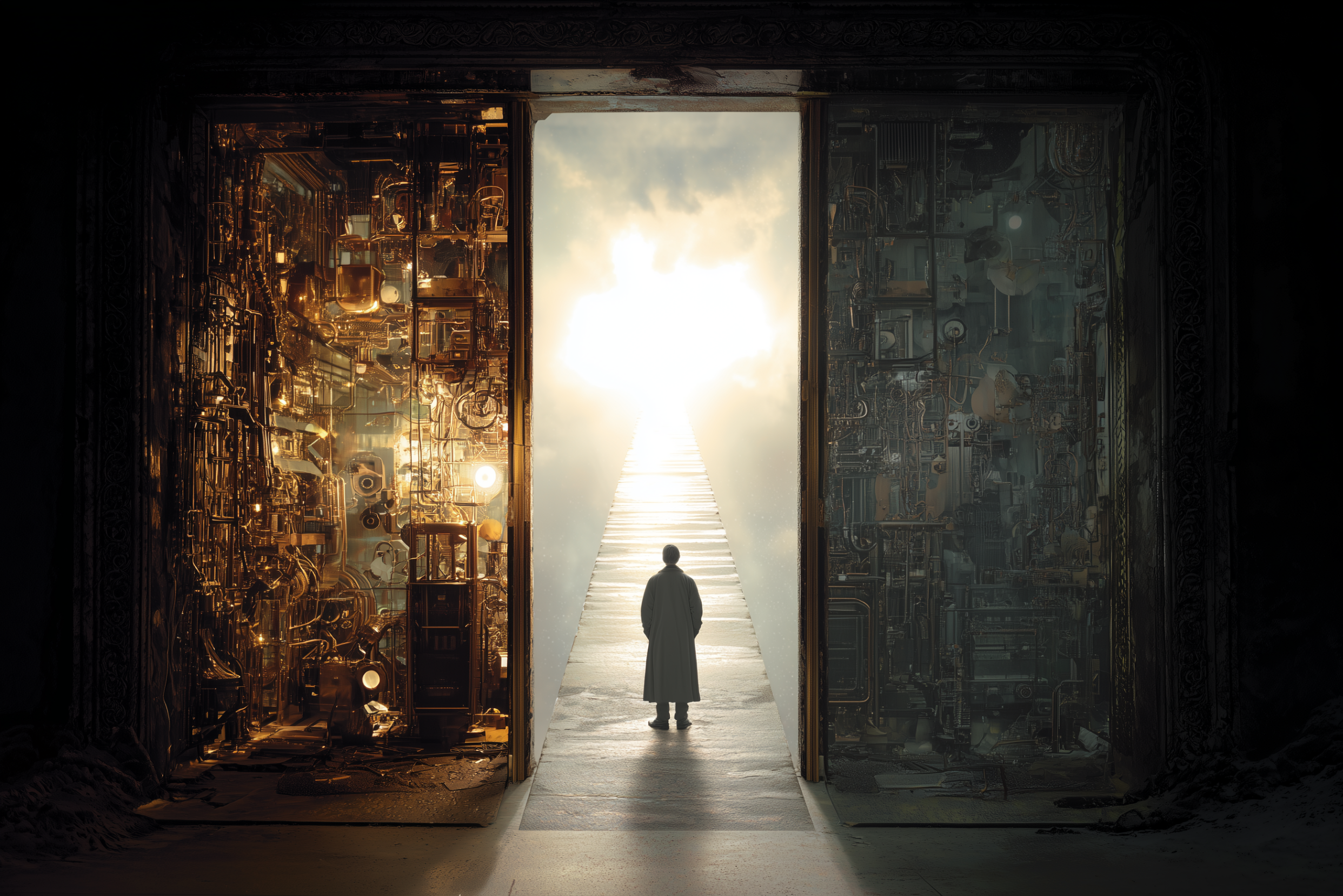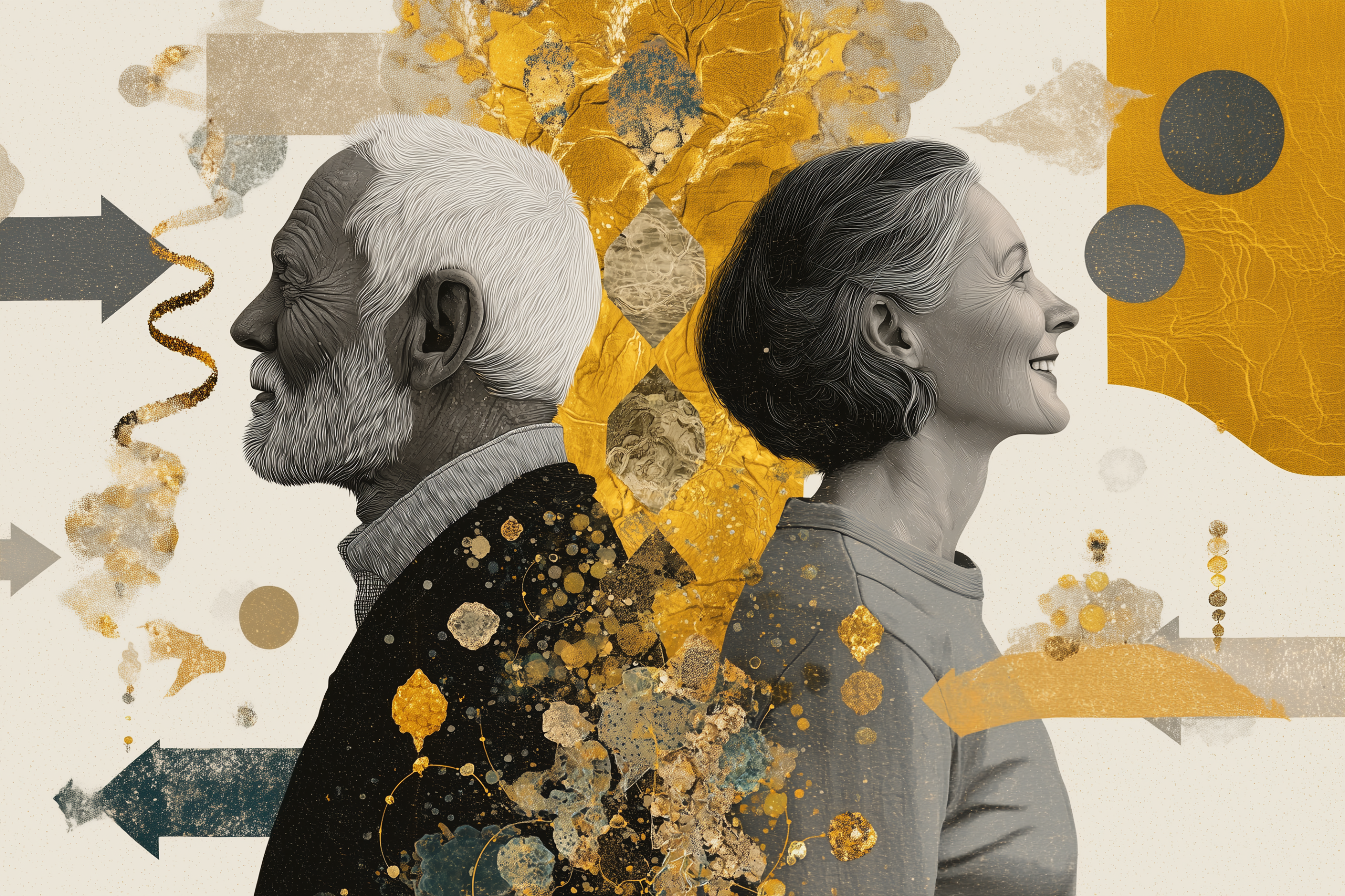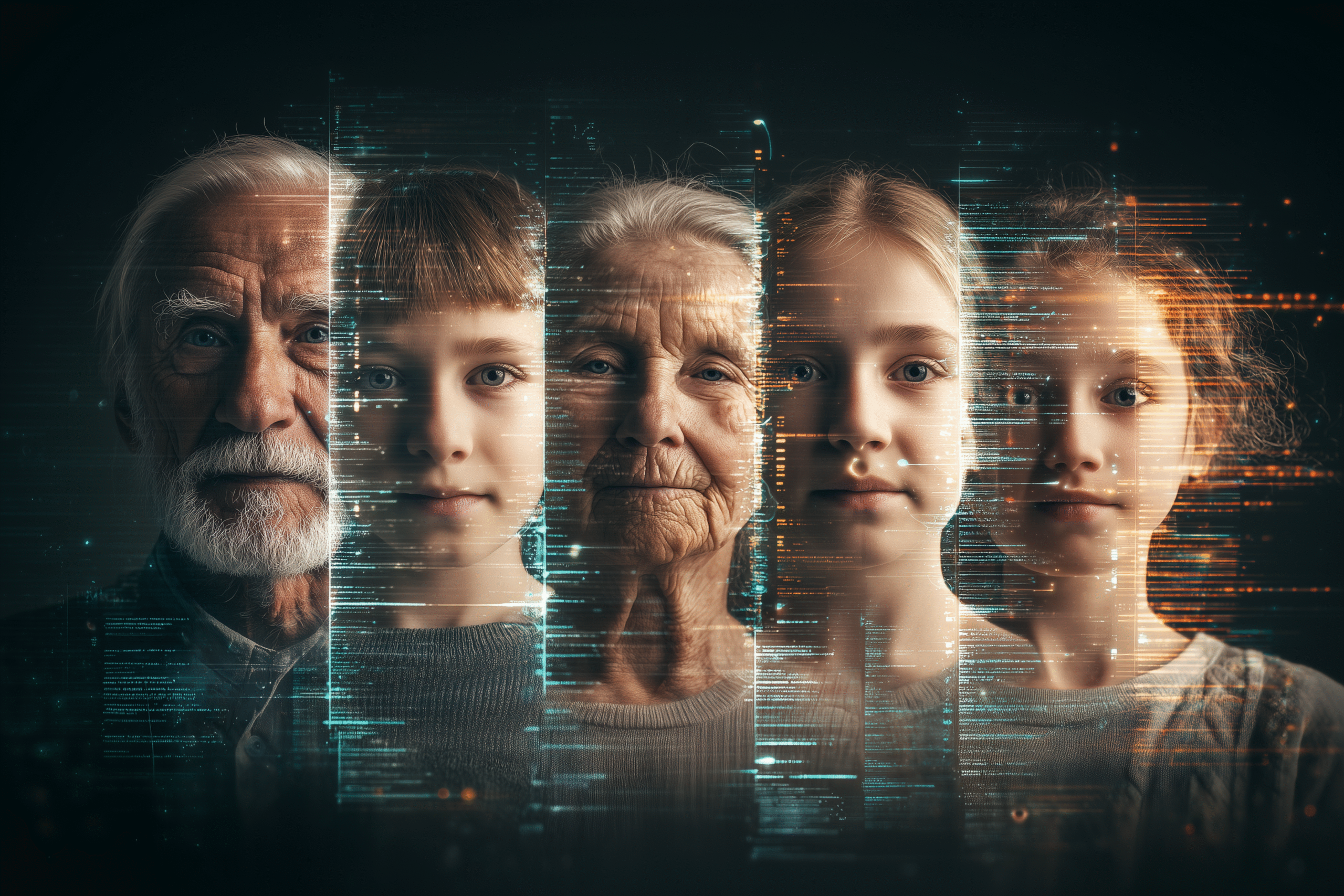The most powerful life-extending practices cost nothing and take minutes.
Note: This article is for educational and informational purposes only. See full disclaimer at the end.
Most people think longevity requires expensive supplements, extreme diets, and the wealth of a tech billionaire, but most people are wrong.
Yesterday, we explored what longevity pioneers actually do with their time and money. We saw Julie Gibson Clark outperforming Bryan Johnson on longevity markers while spending $108 per month instead of $2 million per year. We discovered that consistency beats complexity, that simple practices compound over time, and that the most sophisticated anti-aging interventions often can’t match the basics done well.
Today, let’s strip away the mystique entirely. Let’s talk about what actually works for everyone—the daily practices that add years to life and life to years, requiring nothing more than intention and consistency.
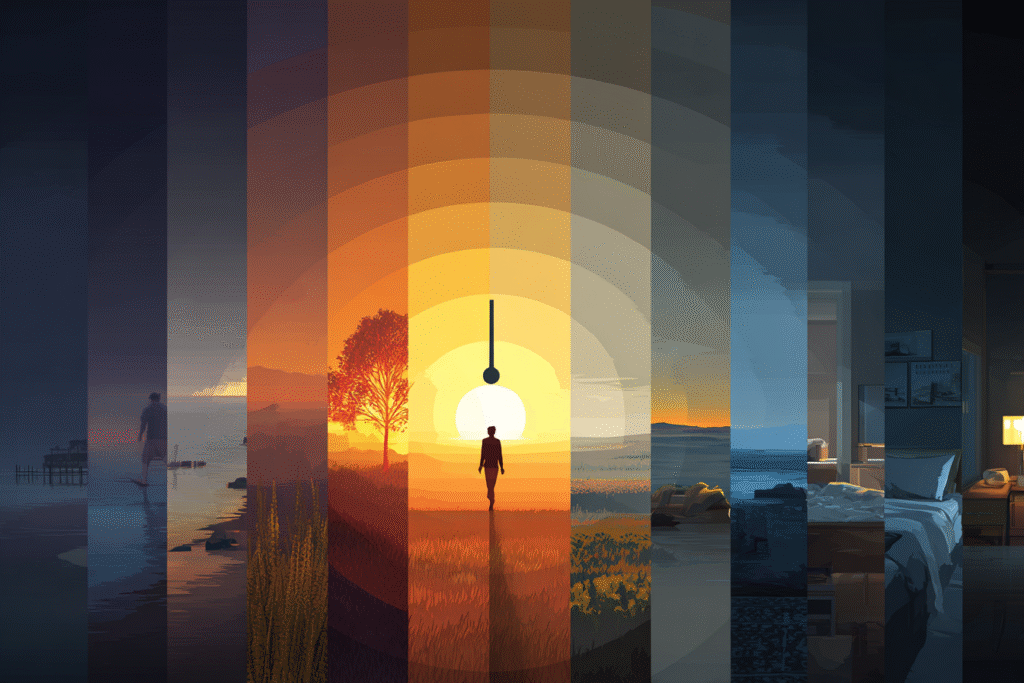
The Longevity Illusion
Here’s what the wellness industry doesn’t want you to know: the vast majority of longevity benefits come from practices so simple they can’t be monetized. You can’t patent walking. You can’t trademark gratitude. You can’t sell sunlight in a bottle (though some have tried).
The Harvard Study of Adult Development, following subjects for over 80 years, found that relationship quality predicts longevity better than cholesterol levels [1]. The Nurses’ Health Study, tracking nearly 80,000 women for 34 years, showed that five simple lifestyle factors could add 14 years to life expectancy [2]. Blue Zones research reveals that centenarians don’t follow complex protocols—they move naturally, connect deeply, and eat simply [3].
Yet we’re sold the opposite story. We’re told longevity requires optimization, quantification, supplementation. We’re convinced that without the latest biohack, we’re falling behind in the race against aging. But what if the race itself is the problem?
The Movement Paradox
In Blue Zones, centenarians don’t “exercise.” They don’t track steps, monitor heart rate variability, or optimize their VO2 max. Instead, they’re nudged into movement every 20 minutes by their environment [3]. They garden. They walk to the market. They knead bread. They tend sheep.
This natural movement pattern—what researchers call “incidental exercise”—may be more powerful than structured workouts. Studies show that as little as 15 minutes of daily movement can add three years to life expectancy, with each additional 15 minutes reducing premature death risk by 4% [11].
But here’s the beautiful irony: the moment you start tracking movement, you change its nature. The Japanese have perfected this paradox with their walking practices. Interval Walking Training, developed by Dr. Hiroshi Nose, alternates three minutes of brisk walking with three minutes of slow walking. It improved aerobic capacity and reduced blood pressure more effectively than continuous walking [12]. Yet the traditional practice of Shinrin-yoku (forest bathing) achieves similar benefits through mindful, purposeless wandering.
The lesson? Movement works best when it doesn’t feel like work. When it’s woven into life rather than scheduled into it.
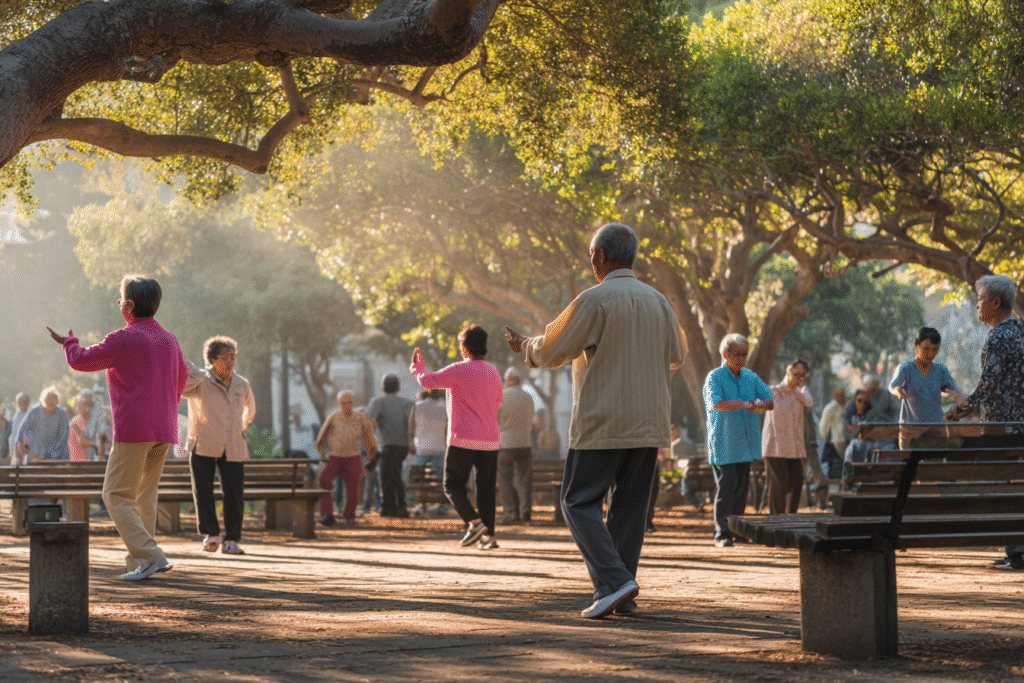
The Sunlight Secret
Here’s a statistic that should change how you view your morning: people who stay indoors under dim lighting die at a 30% greater rate than those exposed to bright sunlight daily. The effect is as significant as smoking [8].
Morning sunlight within an hour of waking does more than boost vitamin D. It anchors your circadian rhythm, improves sleep quality, enhances mood through serotonin production, and may even help regulate weight by affecting fat cells beneath the skin [13]. The British Skin Foundation recommends just 10-15 minutes for lighter skin, 25-40 minutes for darker skin [14].
Yet we’ve become an indoor species. We commute in enclosed vehicles to climate-controlled buildings, exercise in gyms under artificial light, then wonder why we need melatonin supplements to sleep. The most sophisticated sleep optimization protocol can’t match the elegance of morning sun exposure.
Consider this: a 2016 Harvard study found that women with the highest sun exposure lived up to two years longer than those with the least, even accounting for skin cancer risk [9]. The sun, it seems, is the ultimate longevity supplement—free, available, and requiring no prescription.
The Gratitude Factor
When researchers examined data from nearly 50,000 women in the Nurses’ Health Study, they discovered something remarkable: those with the highest gratitude scores had a 9% lower risk of dying over four years compared to the least grateful. Specifically, they were 15% less likely to die from cardiovascular disease [4].
This isn’t mystical thinking—it’s measurable biology. Gratitude triggers the release of serotonin and dopamine, reduces cortisol levels, improves sleep quality, and enhances immune function [5]. In one study, people who kept a gratitude journal for just 21 days reported higher energy, better mood, improved sleep, and increased optimism [10].
The practice couldn’t be simpler: write three things you’re grateful for, three times a week. That’s it. No app required, no optimization necessary. Yet this five-minute practice may add more healthy years to your life than many expensive interventions.
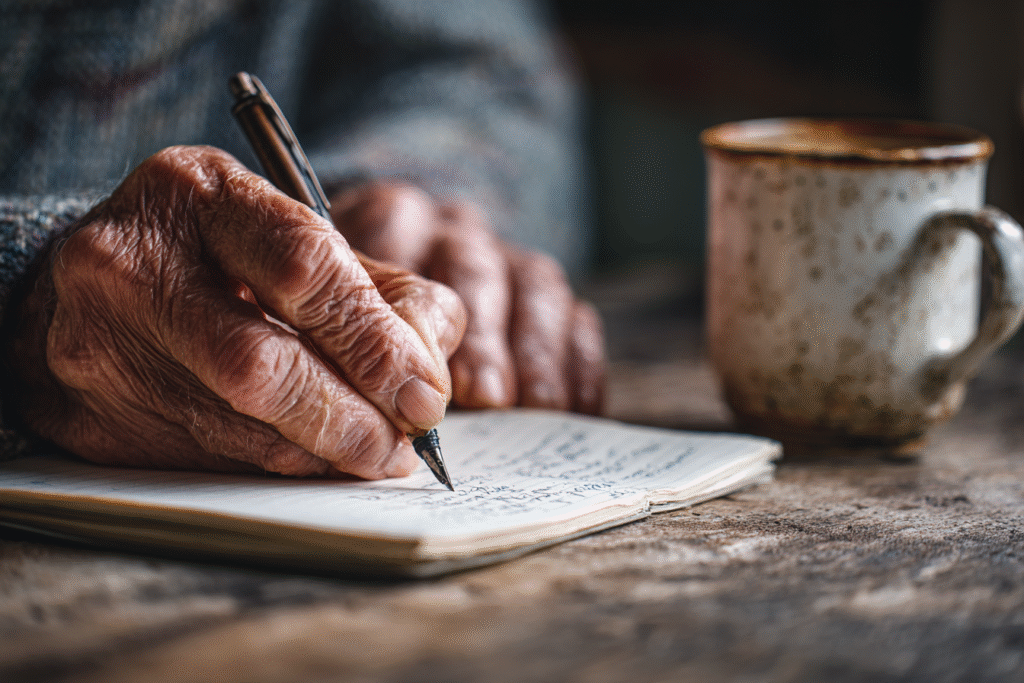
The Connection Imperative
Loneliness increases the odds of early death by 26%—comparable to smoking and greater than obesity [15]. Social isolation raises dementia risk by 50%. Yet in our hyper-connected age, we’re lonelier than ever. American adults had an average of three close confidants in 1985; by 2004, it was down to two, with one in four reporting no close confidants at all [15].
The Blue Zones offer a different model. In Okinawa, people form “moais”—groups of five friends who commit to each other for life. In Sardinia, men gather daily in the piazza. In Ikaria, celebrations bring the entire community together [6].
But you don’t need a village to gain these benefits. Research shows that even weak social ties—the barista who knows your order, the neighbor you wave to—contribute to longevity. Face-to-face interactions, not Facebook connections, are what matter [16].
The prescription is almost embarrassingly simple: have one meaningful conversation daily. Make eye contact. Listen without checking your phone. Touch someone (appropriately). These micro-connections accumulate into macro-benefits.
The Fasting Window
Time-restricted eating—fancy terminology for not eating all the time—may be one of the most powerful longevity tools available. Studies show that limiting eating to a 10-12 hour window can improve metabolic health, reduce inflammation, and potentially extend lifespan [17].
The Okinawans practice “hara hachi bu”—eating until 80% full. This natural calorie restriction, without counting or measuring, may contribute to their exceptional longevity [7]. Long-term studies in primates show that eating 30% fewer calories is associated with significantly longer life [7].
But here’s what’s revolutionary: you don’t need to count calories or follow a complex protocol. Simply closing your eating window—breakfast at 8 AM, dinner by 8 PM—achieves many of the same benefits. No special foods required, no supplements needed. Just time.
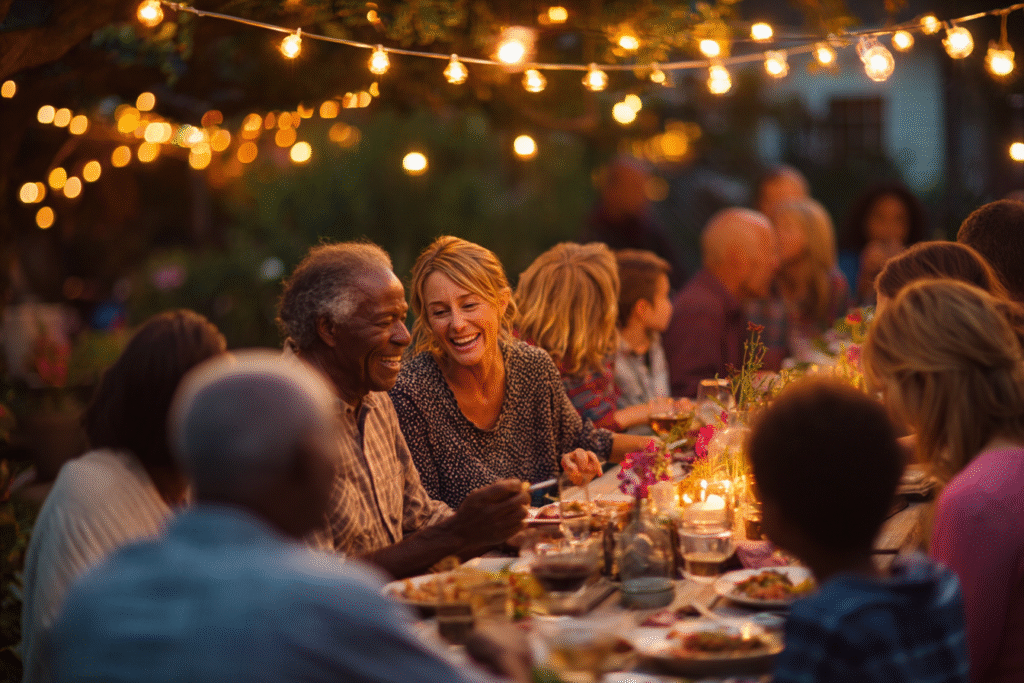
The Sleep Sanctuary
People who sleep on a regular schedule have up to 48% reduced risk of early death from all causes, with up to 57% lower risk from cardiac and metabolic diseases. The regularity of sleep matters more than duration [8]. Those who sleep with lights on die at a 30% faster rate than those in darkness [8].
Yet we’ve complicated sleep into an optimization challenge requiring trackers, supplements, and elaborate routines. The fundamentals remain unchanged: dark room, cool temperature, consistent timing. Add morning sunlight exposure, and you’ve addressed 80% of sleep issues without spending a dollar.
The Plant Preference
Blue Zone populations eat 95% plant-based diets, consuming meat only about five times monthly [7]. Studies of over half a million people show that reducing red and processed meat significantly reduces death risk from heart disease and cancer [7].
But this isn’t about perfection or purity. It’s about proportion. Adding one serving of vegetables to each meal. Choosing beans over beef more often. Eating fruit instead of processed snacks. These small shifts, sustained over time, create profound changes.
The Mediterranean diet pattern—vegetables, fruits, whole grains, legumes, fish—reduces mortality risk more than most medical interventions. Yet it requires no special products, no meal replacements, no subscription services. Just real food, simply prepared.
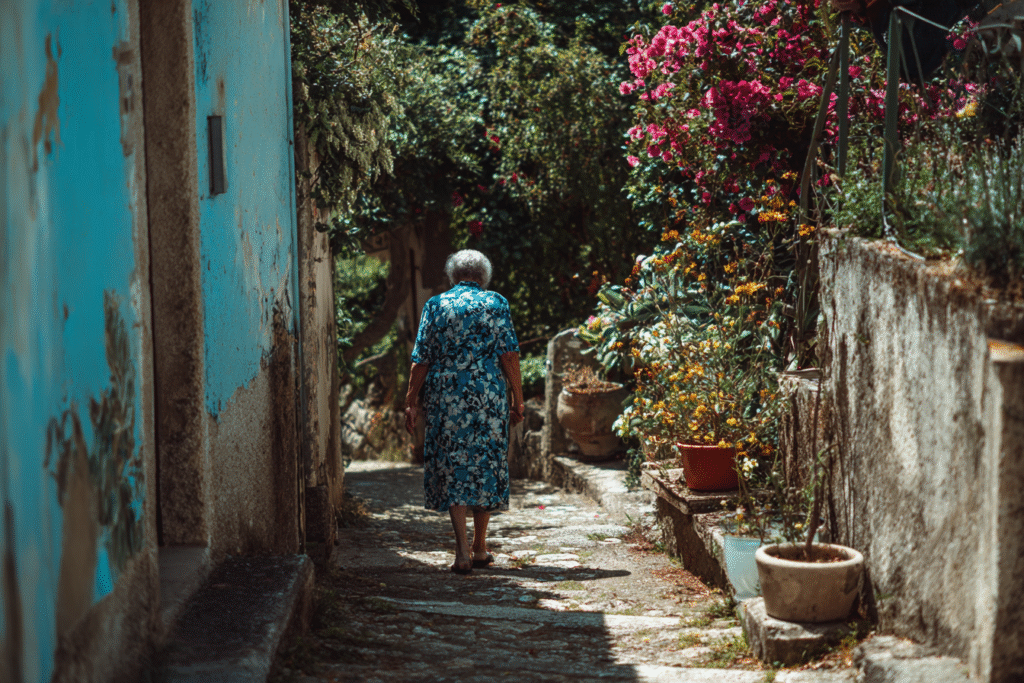
The Purpose Principle
Having a life purpose—”ikigai” in Okinawa, “plan de vida” in Costa Rica—is associated with eight additional years of life [17]. Purpose provides what researchers call “eudaimonic well-being”—the sense that life has meaning beyond pleasure.
This doesn’t require finding your one true calling. It can be as simple as tending a garden, mentoring a young person, or mastering a craft. The key is engagement with something beyond yourself, something that makes tomorrow worth reaching.
The Compound Effect
Here’s what happens when you combine these practices:
A 50-year-old woman who adopts five healthy habits—nutritious diet, regular physical activity, moderate alcohol intake, no smoking, and healthy weight—can expect to live to 93, compared to 79 for someone with none of these habits [2]. That’s 14 additional years, not from revolutionary interventions, but from basics done consistently.
The power lies not in perfection but in persistence. Miss a day of walking? The benefits don’t disappear. Forget your gratitude practice? Start again tomorrow. These aren’t rigid protocols but flexible practices, adapting to life while extending it.
The Accessibility Revolution
This is the real longevity revolution: the democratization of life extension. While the wealthy chase exotic interventions, the fundamentals remain freely available to all. Sunlight doesn’t discriminate by income. Walking requires no membership. Gratitude costs nothing. Connection needs only courage.
The practices that add the most years to life are also those that add the most life to years. They don’t promise to stop aging—they promise to make aging irrelevant by maintaining vitality, purpose, and joy regardless of chronological age.
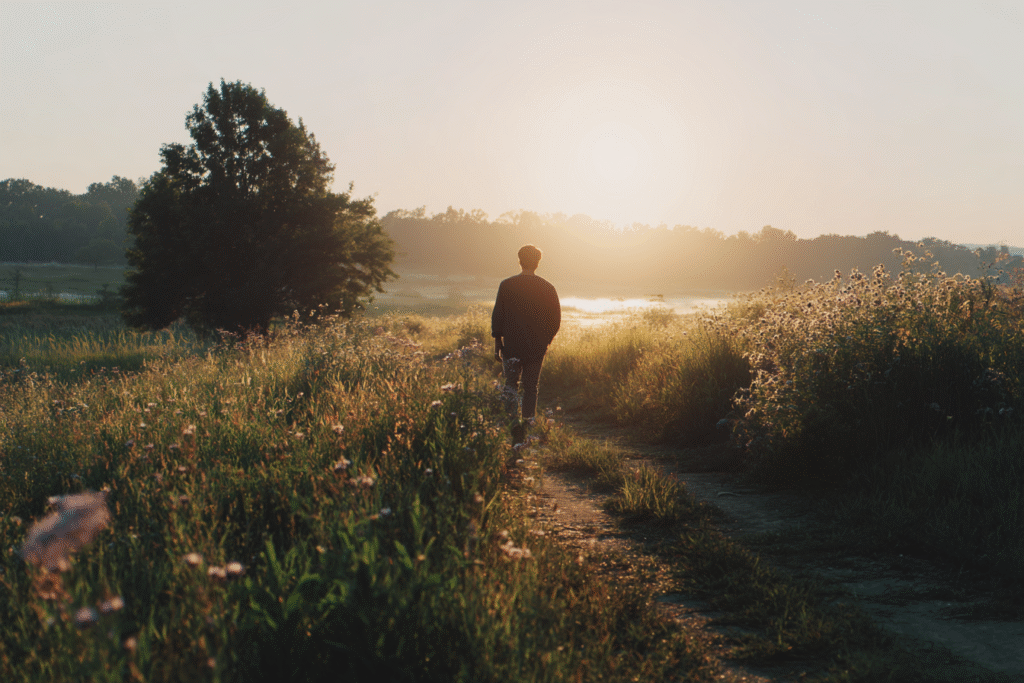
Your Daily Protocol
If you want to live longer, here’s your protocol:
Morning: Step outside within an hour of waking. Feel sunlight on your skin for 10-15 minutes. Take a walk, even if it’s just around the block.
Throughout the day: Move every hour, even if it’s just standing and stretching. Have at least one meaningful conversation. Eat mostly plants. Stop eating when 80% full.
Evening: Write three things you’re grateful for. Ensure your bedroom is completely dark. Sleep at the same time each night.
That’s it. No optimization required. No quantification necessary. No supplements, no trackers, no memberships. Just simple practices, done daily, compounding over time into extraordinary results.
The longevity pioneers spending millions are running an experiment with n=1. The practices I’ve shared represent experiments with n=millions, tested across centuries, proven across cultures. They work not because they’re sophisticated but because they’re fundamental—aligned with how human bodies evolved to thrive.
Tomorrow, we’ll explore how these practices transform when shared with family, how longevity becomes contagious when practiced in community. But today, start with yourself. Start with one practice. Start with five minutes.
Because longevity isn’t about living forever. It’s about living fully, every day you’re given. And that opportunity is available to everyone, starting right now.
See you in the next insight.
Comprehensive Medical Disclaimer: The insights, frameworks, and recommendations shared in this article are for educational and informational purposes only. They represent a synthesis of research, technology applications, and personal optimization strategies, not medical advice. Individual health needs vary significantly, and what works for one person may not be appropriate for another. Always consult with qualified healthcare professionals before making any significant changes to your lifestyle, nutrition, exercise routine, supplement regimen, or medical treatments. This content does not replace professional medical diagnosis, treatment, or care. If you have specific health concerns or conditions, seek guidance from licensed healthcare practitioners familiar with your individual circumstances.
References
The references below are organized by study type. Peer-reviewed research provides the primary evidence base, while systematic reviews synthesize findings.
Peer-Reviewed / Academic Sources
- [1] Li, Y., Pan, A., Wang, D. D., Liu, X., Dhana, K., Franco, O. H., … & Hu, F. B. (2018). Impact of healthy lifestyle factors on life expectancies in the US population. Circulation, 138(4), 345-355. https://news.harvard.edu/gazette/story/2018/04/5-healthy-habits-may-increase-life-expectancy-by-decade-or-more/
- [2] National Institutes of Health (2018). Healthy habits can lengthen life. NIH Research Matters. https://www.nih.gov/news-events/nih-research-matters/healthy-habits-can-lengthen-life
- [3] Buettner, D., & Skemp, S. (2016). Blue Zones: Lessons from the world’s longest lived. American Journal of Lifestyle Medicine, 10(5), 318-321. https://www.ncbi.nlm.nih.gov/pmc/articles/PMC6125071/
- [4] Chen, Y., Okereke, O. I., Kim, E. S., Tiemeier, H., Kubzansky, L. D., & VanderWeele, T. J. (2024). Gratitude and mortality among older US female nurses. JAMA Psychiatry, 81(7), 687-695. https://www.health.harvard.edu/blog/gratitude-enhances-health-brings-happiness-and-may-even-lengthen-lives-202409113071
- [5] Harvard T.H. Chan School of Public Health (2024). Experiencing gratitude associated with greater longevity among older adults. https://mghpsychnews.org/nurses-health-study-gratitude-increases-longevity/
- [6] National Academy of Medicine (2015). Lessons from the Blue Zones. The National Academies Press. https://www.ncbi.nlm.nih.gov/books/NBK298903/
- [7] Buettner, D. (2024). Why people in “Blue Zones” live longer than the rest of the world. Healthline. https://www.healthline.com/nutrition/blue-zones
Government / Institutional Sources
- [8] Moore-Ede, M. (2024). Could more sunlight help you live longer? Psychology Today. https://www.psychologytoday.com/us/blog/the-light-doctor/202402/shining-light-on-the-secrets-to-a-long-life
- [9] Harvard Health Publishing (2016). Here’s something unexpected: Sunbathers live longer. https://www.health.harvard.edu/blog/heres-something-unexpected-sunbathers-live-longer-201606069738
- [10] National Council on Aging (2024). Does gratitude increase longevity of life? https://www.ncoa.org/article/the-many-gifts-of-gratitude/
Industry / Technology Sources
- [11] Petre, A. (2023). 13 habits linked to a long life. Healthline. https://www.healthline.com/nutrition/13-habits-linked-to-a-long-life
- [12] Farrah, MD (2025). The Japanese walking method: A simple path to health and longevity. https://drfarrahmd.com/2025/06/the-japanese-walking-method-a-simple-path-to-health-and-longevity/
- [13] WebMD (2024). How little doses of sunlight help the body. https://www.webmd.com/a-to-z-guides/ss/slideshow-sunlight-health-effects
- [14] Robertson, R. (2024). How to safely get vitamin D from sunlight. Healthline. https://www.healthline.com/nutrition/vitamin-d-from-sun
- [15] Blue Zones (2023). Why social bonds are so important for our health. https://www.bluezones.com/2023/01/why-social-bonds-are-important-for-health/
- [16] Blue Zones (2022). Face-to-face contacts (not Facebook connections), impact your health and longevity. https://www.bluezones.com/2017/10/face-face-interactions-not-facebook-connections-impact-health-longevity/
- [17] CNBC (2024). 5 lifestyle habits that can help you live to 100, according to leading longevity researchers. https://www.cnbc.com/2024/10/15/longevity-experts-5-lifestyle-habits-that-can-help-you-live-to-100.html
